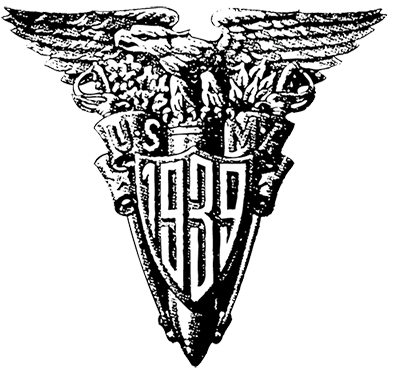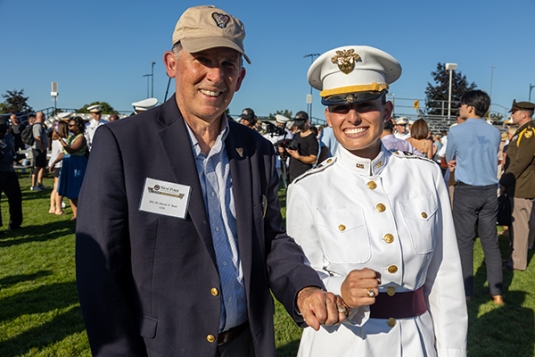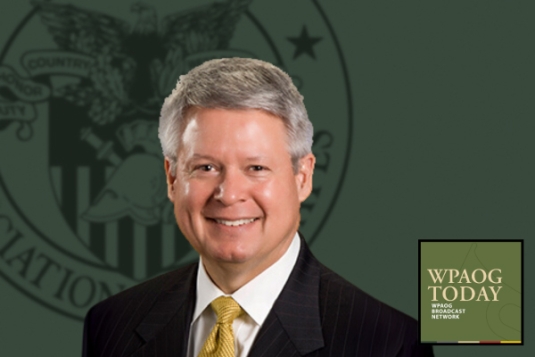Most of the Class of 1939 entered the United States Military Academy on July 1st, 1935 during the Great Depression and 456 graduated on June 12, 1939 – the first class to graduate in the newly constructed Fieldhouse. President Franklin D. Roosevelt presented diplomas to 338 graduates commissioned into the Army and 118 who joined the Army Air Corps. The Cadet First Captain for the Class of 1939 was Harry T. Smith and the first overall graduate was Stanley W. Dziuban. The last living graduate for the class was COL Francis K. Newcomer Jr. (USA, Retired) who was 105 years old when he passed away on December 25, 2022.
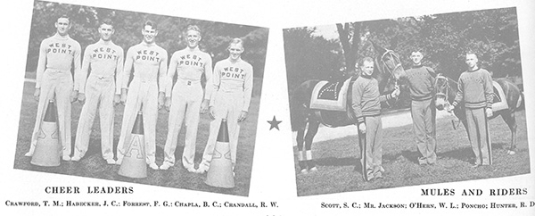
Notable graduates from the Class of 1939 include MAJ Robert W. Crandall, captain of the swimming team; a POW in Germany, liberated, and then killed in action in Sarzana, Italy one week before the end of hostilities in WWII-Europe. Crandall Pool in Arvin Gymnasium was dedicated in May 1989. Two graduates received the Medal of Honor for actions in WWII but were killed before the award could be presented to them, LTC Robert Cole and LTC Leon Vance. Twenty-four members of the class were awarded the Distinguished Service Cross and 96 the Distinguished Flying Cross in addition to hundreds of other awards and medals spanning three wars. Seventy members of the class achieved general officer rank in the Army or Air Force (fifteen percent of the class) while 37 were killed in action or died of wounds in WWII and one classmate was KIA in the Korean War. Twenty-four members of the class were POWs in WWII and another in the Korean War. General Andrew Goodpaster was one of the first three recipients of the inaugural Distinguished Graduate Award in 1992; General Michael Davison and General Walter Kerwin Jr. were also recognized with a DGA in later years.
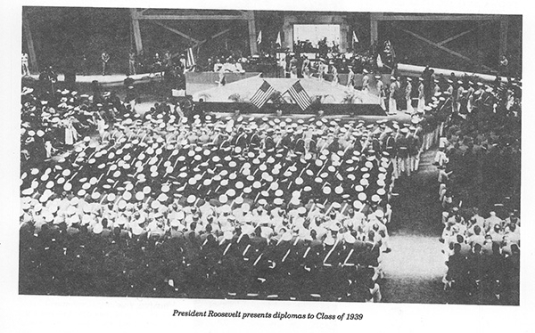
The class donated over $5.9 million to the Academy, to include the 2nd floor Cadet Room in the first Division Barracks, Medal of Honor plaques, and the WPAOG Distinguished Graduate Award Display. As cadets, the Class of 1939 had a Cadet Review each Sunday except in winter; academic grades were posted weekly in sallyports and sections based on order of merit; sections were marched to class in their class uniform of the Dress Gray coat; and one furlough for three months after yearling year and holiday leave for only the upper three classes. All meals were mandatory and plebes had to attend all varsity athletic competitions.
Reporter Joe Galloway published an article about the Class of 1939 in the U.S. News and World Report dated July 5, 1999: http://www.vakkur.com/hx/wp/wp_1939.html.
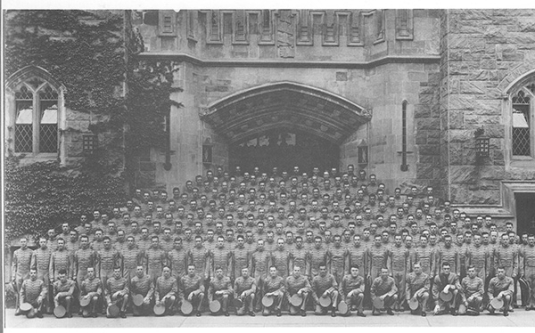
From the Class of 1939 Howitzer: We are the Class of 1939. Never will there be another Class quite like ours, of that we are convinced. Lots of people have told us so – notably our O.A.O.’s of course, but…well, lots of other people too. For one thing, we are the first and biggest of the “large” classes. We entered on the wings of Change, almost 800 of us in the beginning, to fill increased appointments resulting from re-awakened desire for adequate national defense. We have seen the advent of many new things: of low shows, of three in a room and five in a Summer Camp tent, of radios and Tobyhanna trips. We are (according to rumor) the last class to make the Georgia tri; we returned to the old system of First Class “makes.” We necessitated a huge expansion- new buildings, more instructors. People said that we were so large we would never become a unified whole, never assimilate the hoary traditions that are West Point, never know the real “Spirit of the Corps.” We think they were wrong; we feel sure we have done all those things. We are the class of 1939, first and largest of the large classes – fledglings, untried in the larger game for which we have been preparing. Humbly we hope we may be worthy tools, may carry the Spirit of the Corps out with us into the Service, and yet may leave behind, the Corps itself, better than we found it.

